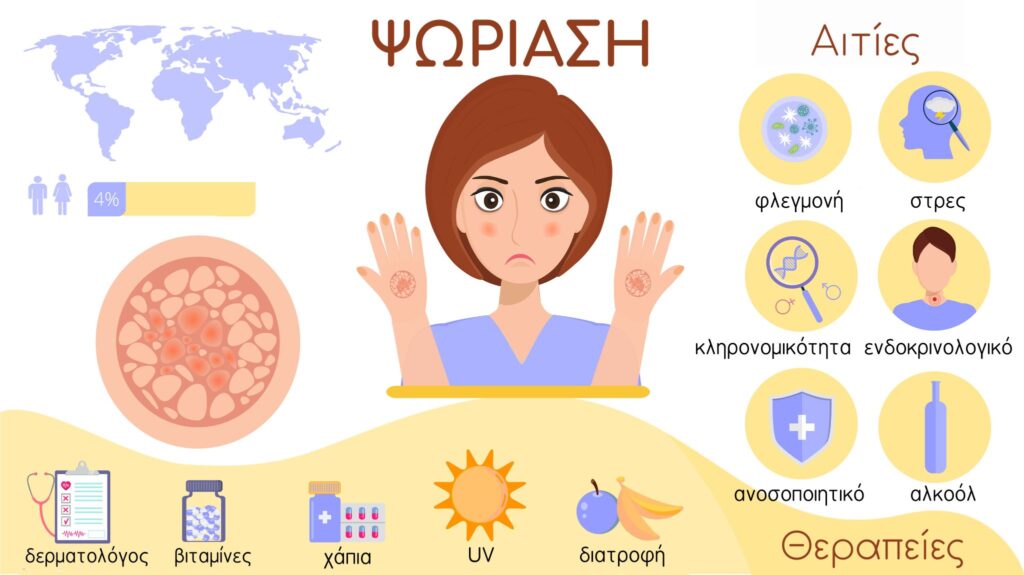Candella Medical

Rosacea
Vascular lesions, Acne
Photoaging, Spots
Method
The technology SWT (Selective Waveband Technology) is used in the treatment of skin diseases such as unwanted hair growth, vascular lesions, superficial discolorations, photoaging, acne. Also with SWT, photodynamic therapy is applied, which is based on the effect on the skin of selected light in combination with the local application of a pharmaceutical substance that sensitizes the skin to light.
SWT is based on the principle of selective photothermolysis, in which light of a specific wavelength targets specific molecules in the skin called chromophores and is absorbed by them, without damaging the surrounding tissues.
What is SWT?
SWT was developed on the IPL (Intense Pulse Light) technology, in which light, visible white, ultraviolet and infrared are emitted from the source, while only ultraviolet light is filtered along the way. SWT technology is based on filtering and infrared light that is absorbed by the interstitial tissues of the skin, causing them to overheat and requiring more energy for the light beam to act on the chromophores. Thus, the treatment becomes more effective and safer with SWT technology. The target (melanin, hemoglobin) is heated to 70º C for 1 ms, during which time it is effectively destroyed, while the surrounding skin is not affected.
Therapeutic possibilities
- Unwanted hair growth
- Wrinkles
- Vascular lesions such as rosacea, telangiectasias and hemangiomas
- Acne
- Spots/spots
- Photoaging
- Photodynamic acne treatment
- Photodynamic facial rejuvenation
SWT and rosacea
SWT is applied with excellent results in rosacea, a chronic skin condition characterized by facial erythema and/or pustules and is due to the excessive growth of superficial blood vessels. Rosacea mainly affects people with phototypes I and II, rarely III. At Dermoiatrika Athens we apply SWT technology in the treatment of rosacea using the Nordlys Ellipse platform. The treatment is very well tolerated, since it creates only a feeling of mild heat on the skin and leaves a slight redness that subsides in a few hours. The results are visible from the very first session, although the treatment can be repeated after 3-4 weeks if necessary.
SWT and vascular lesions
SWT technology has excellent results on vascular lesions, such as spider veins, hemangiomas (arachnoid, star, keratoses), vascular malformations, Civatte's varicosity, red stretch marks. After treatment, the lesions acquire a redder or purple color that subsides very quickly. Usually more than one session is required until the desired result is achieved, with intervals of 3-4 weeks. Sunscreen protection is essential after treatment to avoid side effects, such as discoloration.
SWT and photoaging
One of the most innovative applications of SWT with the Nordlys Ellipse platform is its use in photodynamic skin rejuvenation, in cases of photoaging. The patient arrives one hour earlier than the scheduled appointment, at which time the application of a photosensitizer substance to the facial skin begins. This substance is converted in the skin into the chemical molecule protoporphyrin IX. The photorejuvenation session then takes place, during which protoporphyrin IX absorbs light of a specific wavelength emitted by the Nordlys Ellipse platform.
The goal is to produce collagen, which leads to a reduction in wrinkles around the eyes, mouth and cheeks, and to improve the texture and elasticity of the skin. We recommend three sessions, spaced one month apart. The treatment is extremely well tolerated, with almost no erythema, but sun avoidance for 48 hours after treatment and continuous sun protection are required.
SWT and spots
SWT technology is particularly effective in cases where we have dark spots on the skin, such as sun spots and freckles. The light beam is absorbed by the melanin found in the skin spots. Melanin converts the light energy into heat that destroys the keratinocytes of the lesion and, without causing a reaction from the surrounding skin, leads to its elimination. Usually after the treatment, thin dark crusts appear on the skin spots, which subside in a few days, revealing healthy skin. The treatment can be repeated in 3-4 weeks, if necessary.
SWT and acne
The use of SWT in the treatment of acne is based on the principle that the light beam is absorbed by the hemoglobin circulating in the blood vessels that supply the glands that produce sebum. The hemoglobin converts the light energy into heat which damages the vessel wall of the sebaceous glands, leading to a reduction in sebum production.
SWT is applied in the treatment of active acne that has not responded to medication, leading to a reduction in inflammatory lesions. It represents an excellent safe alternative treatment in patients who cannot take oral therapy. The number of sessions varies and depends on the patient's response.





